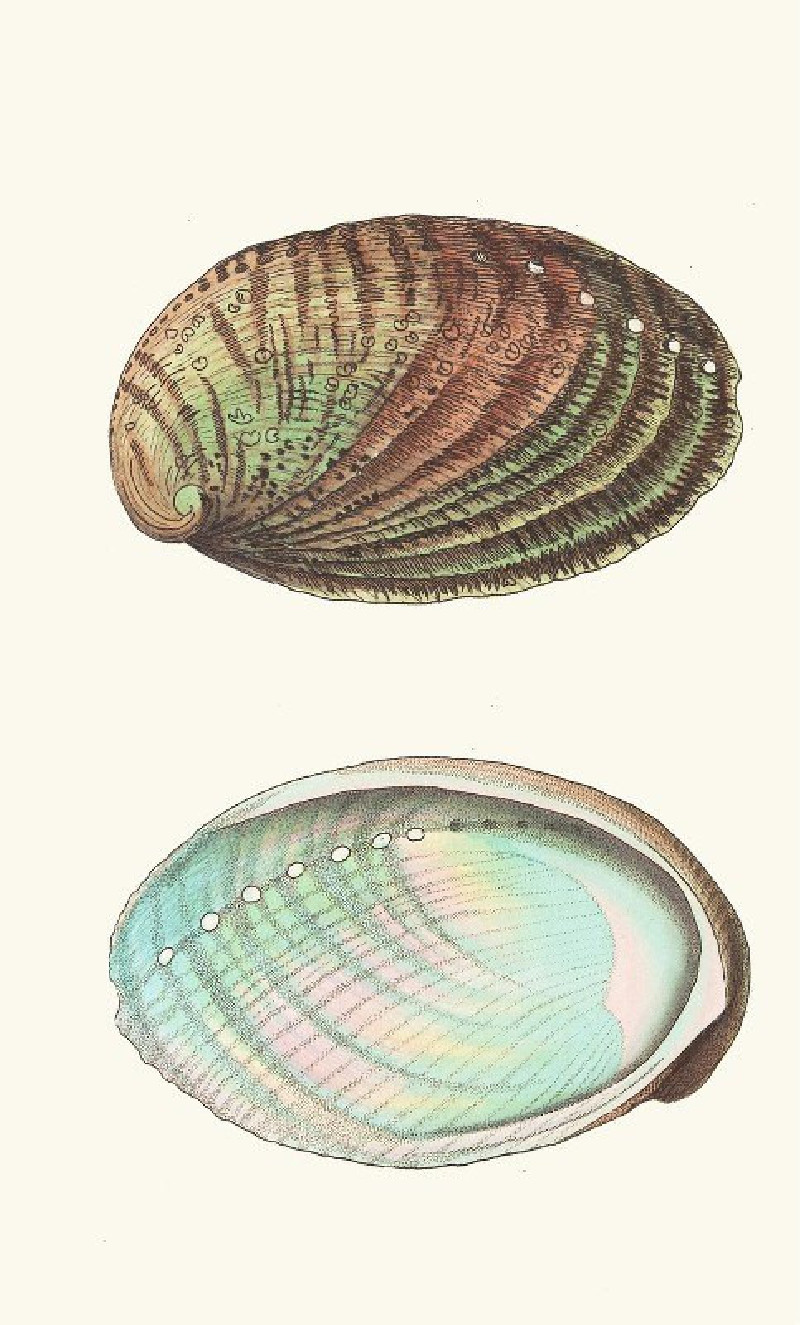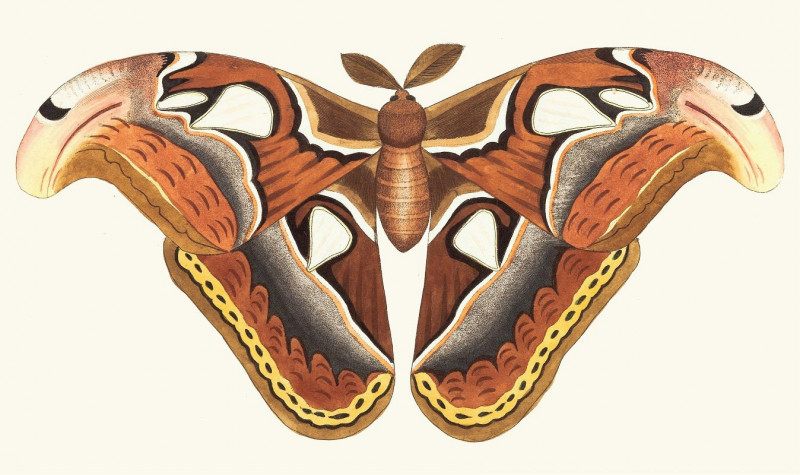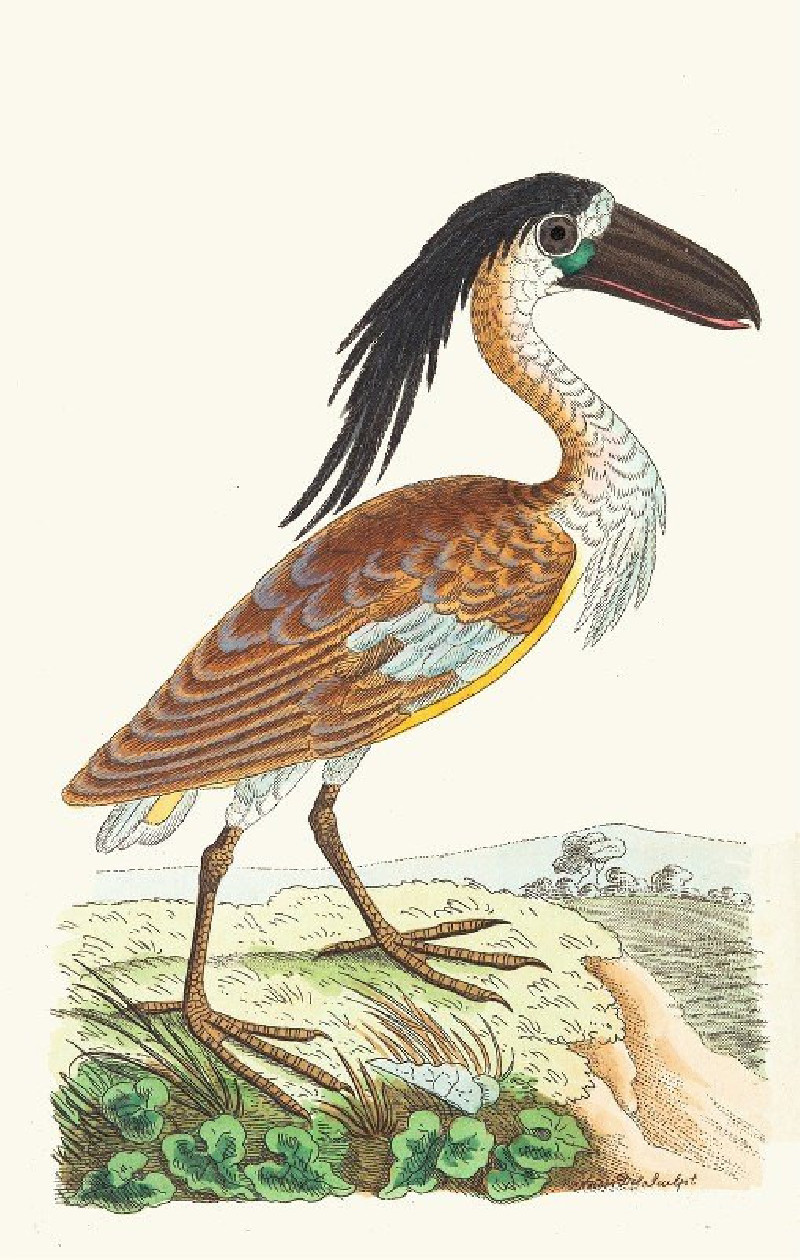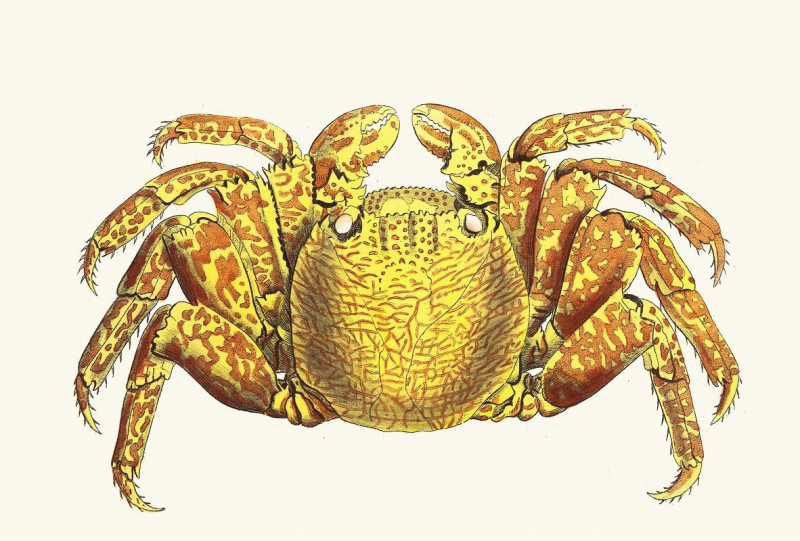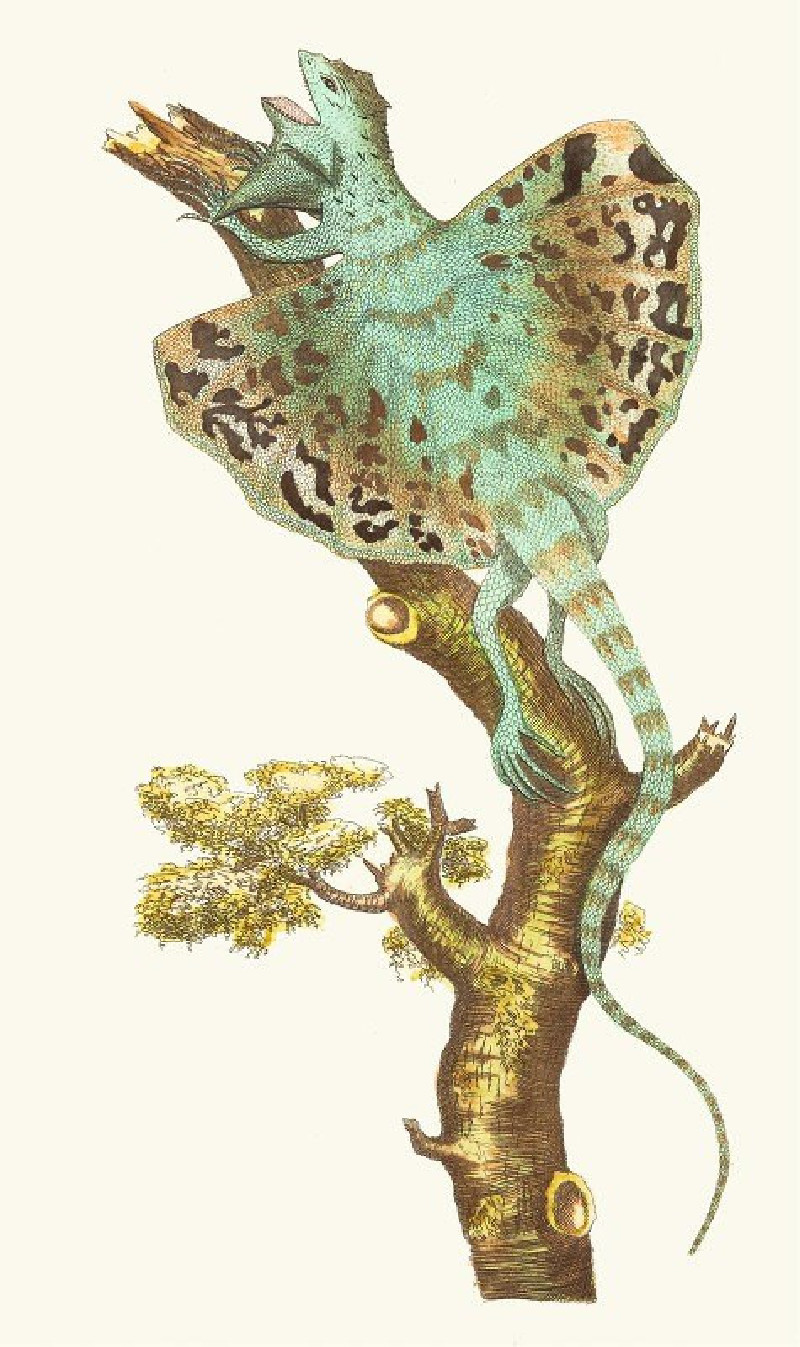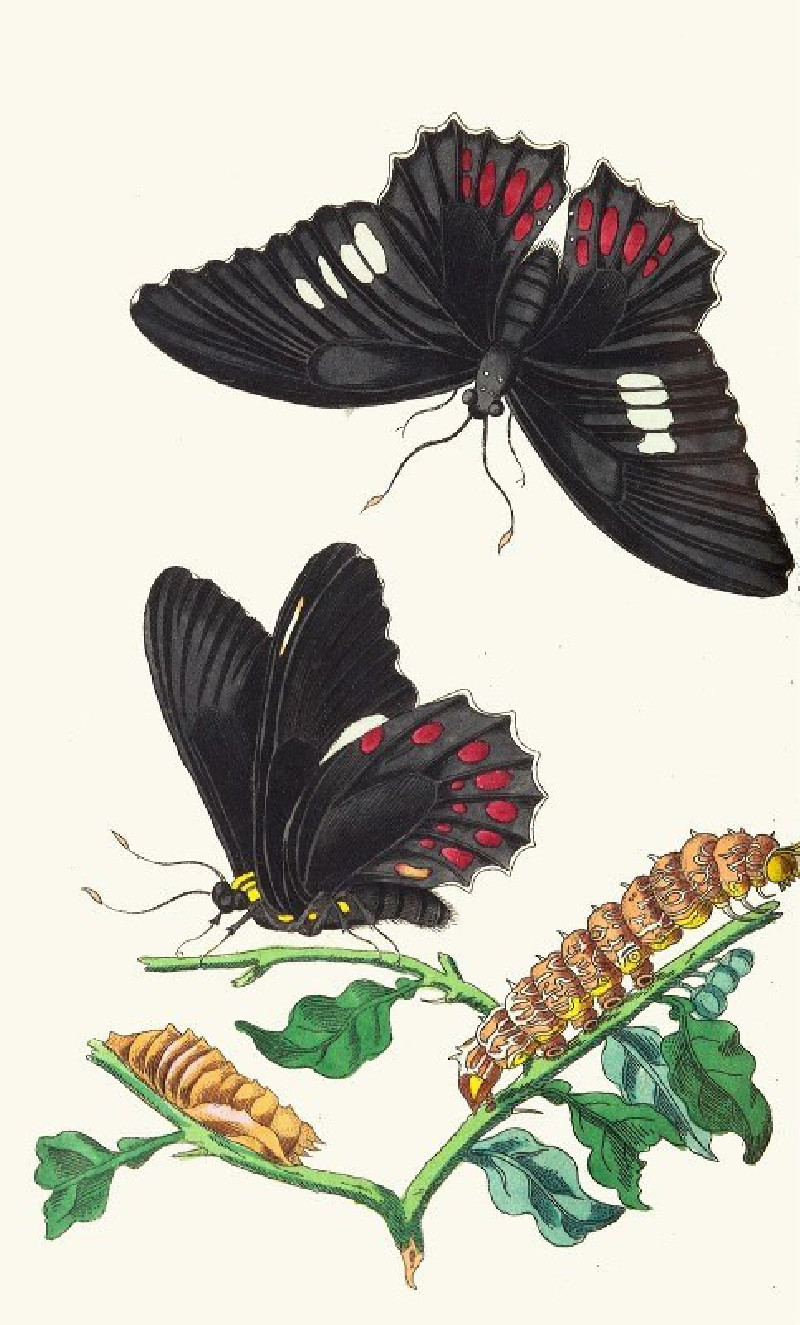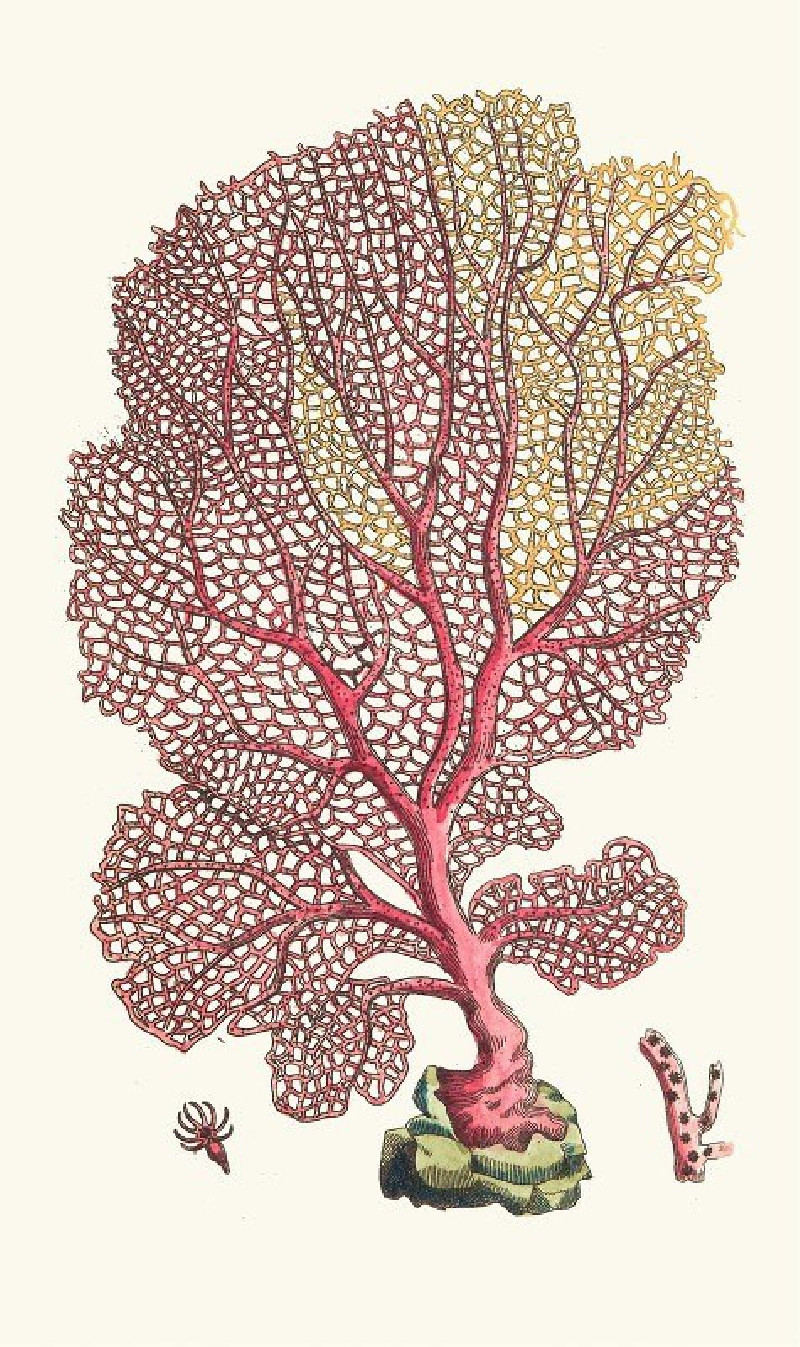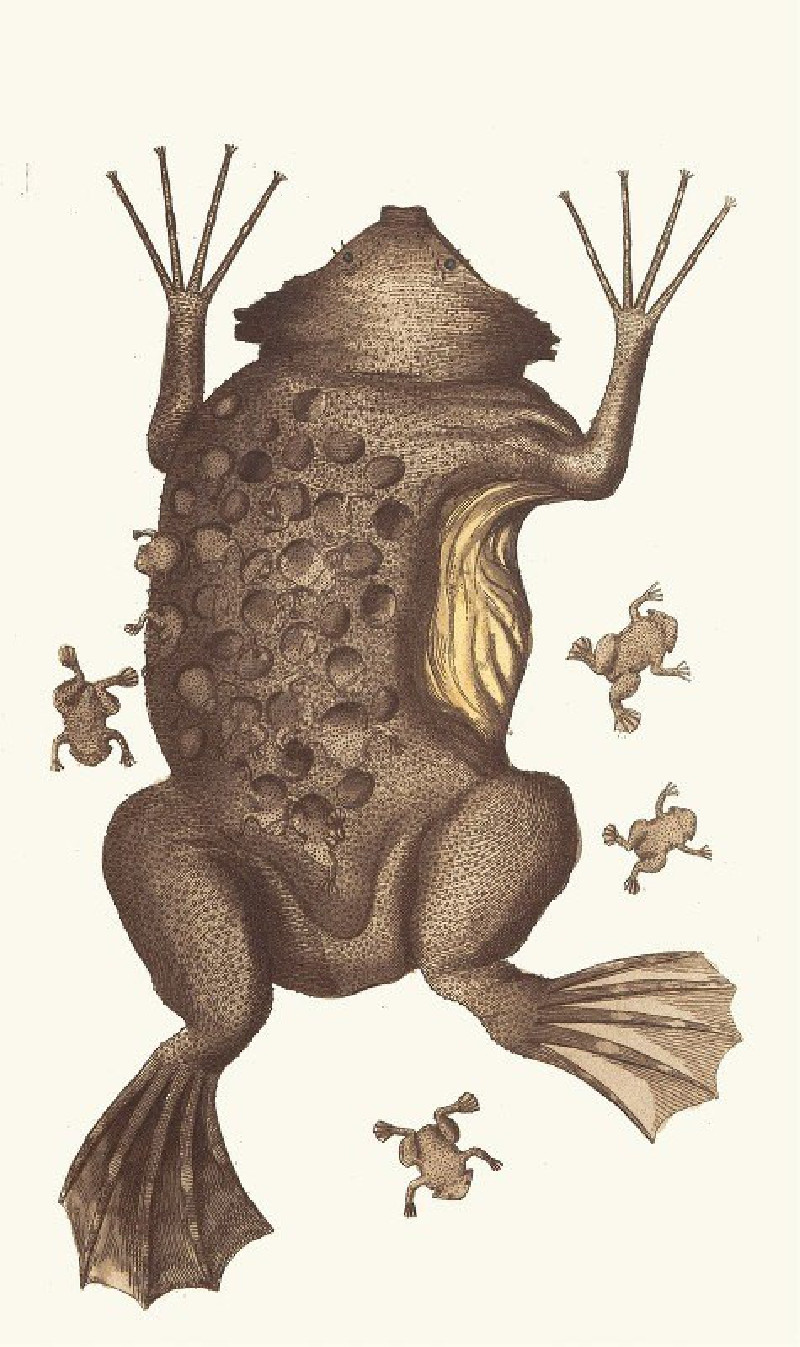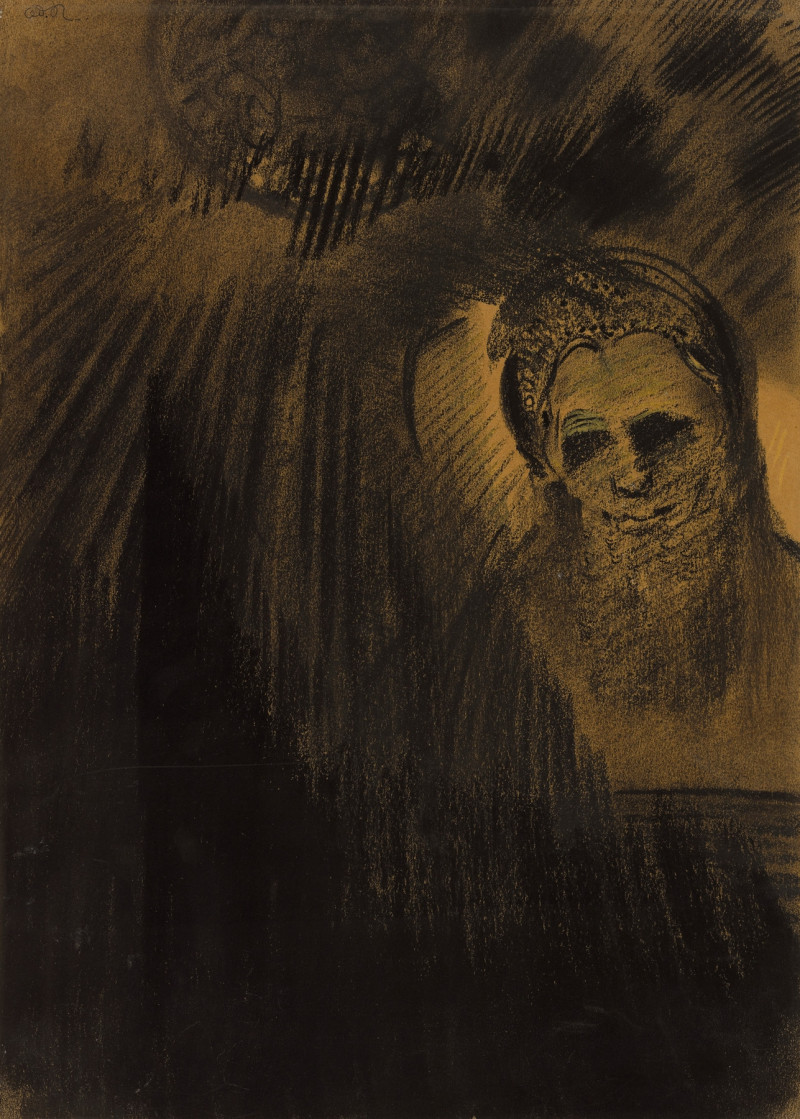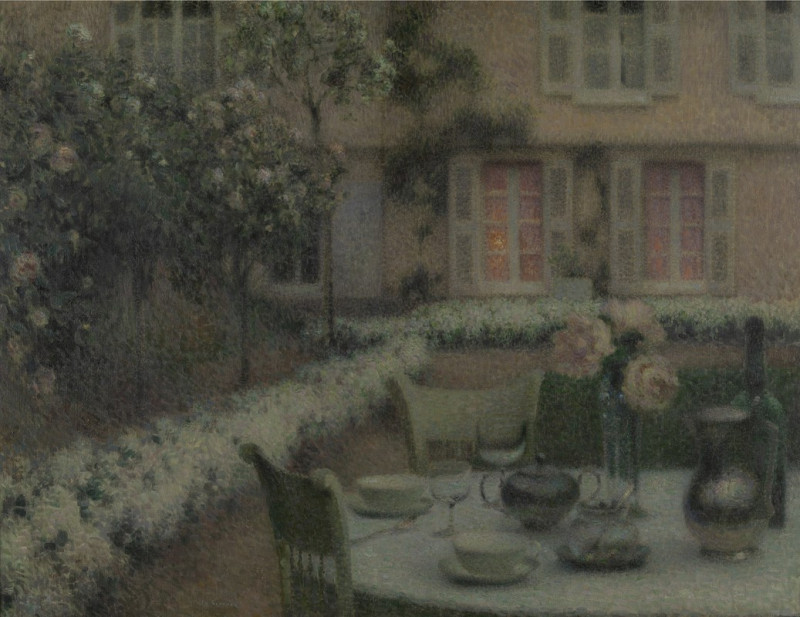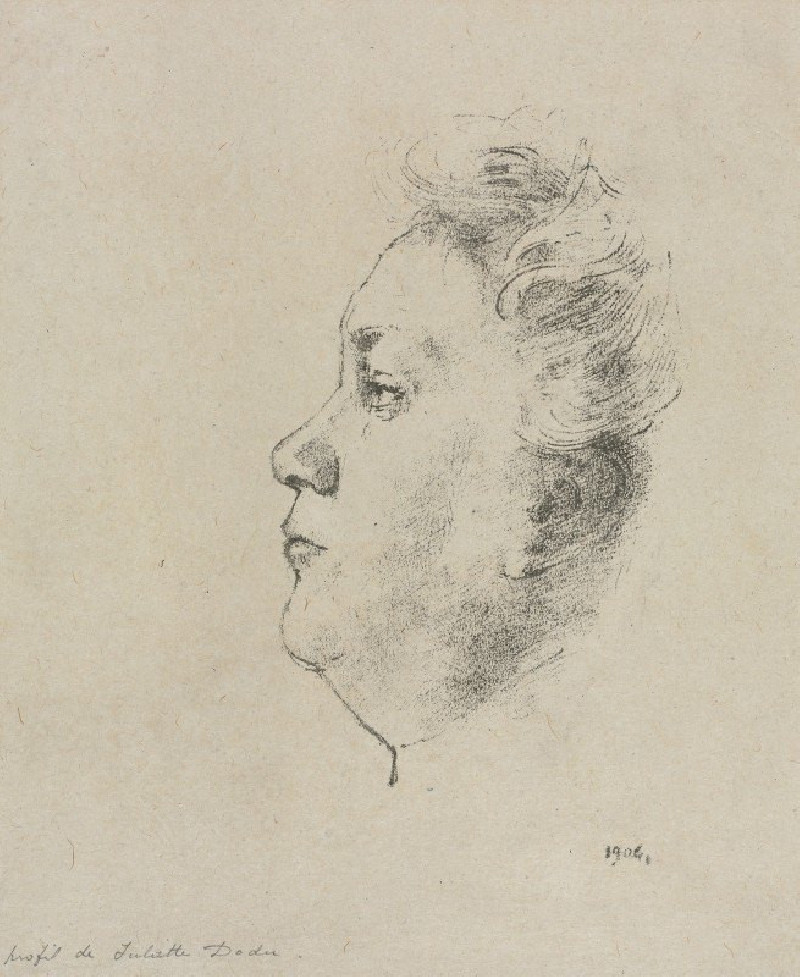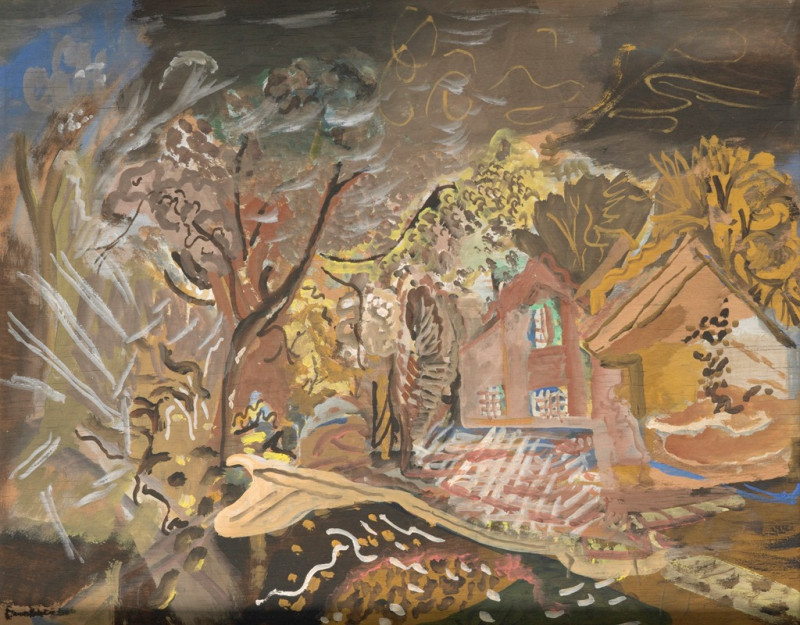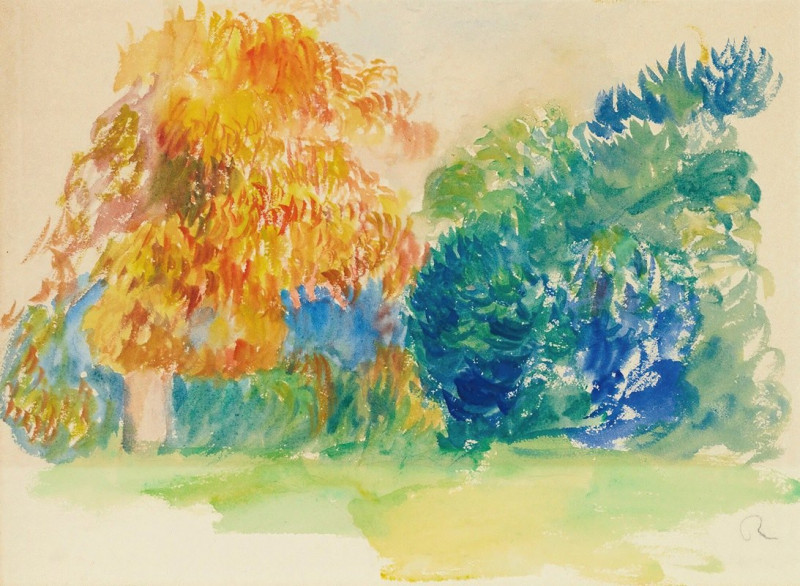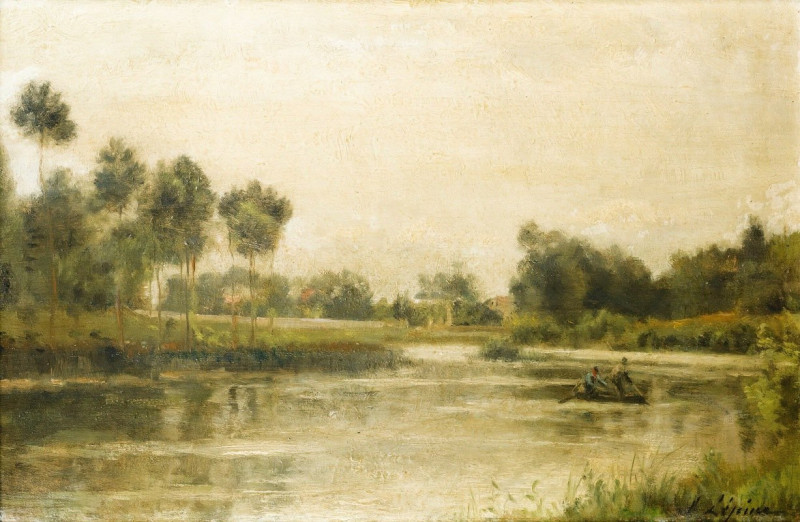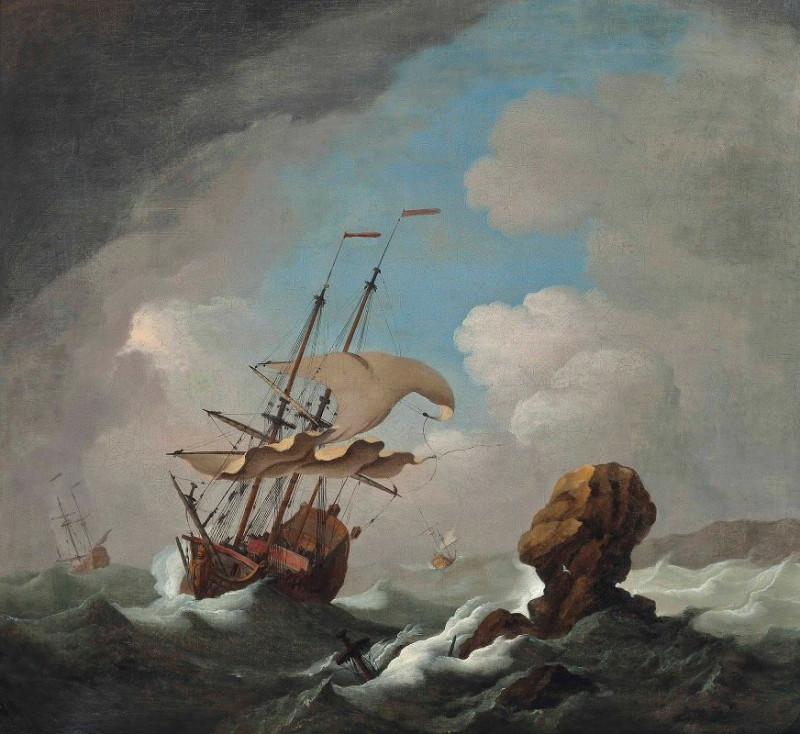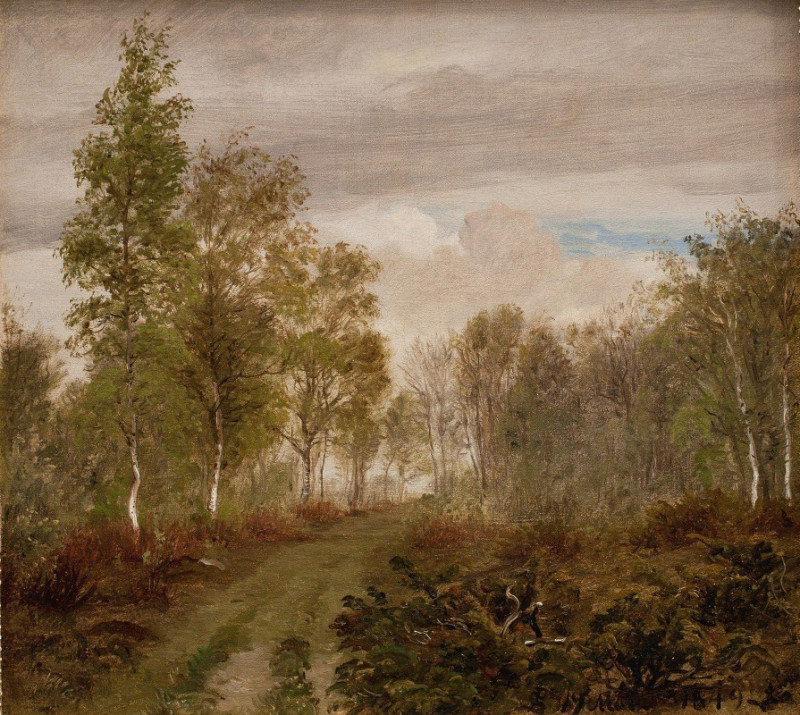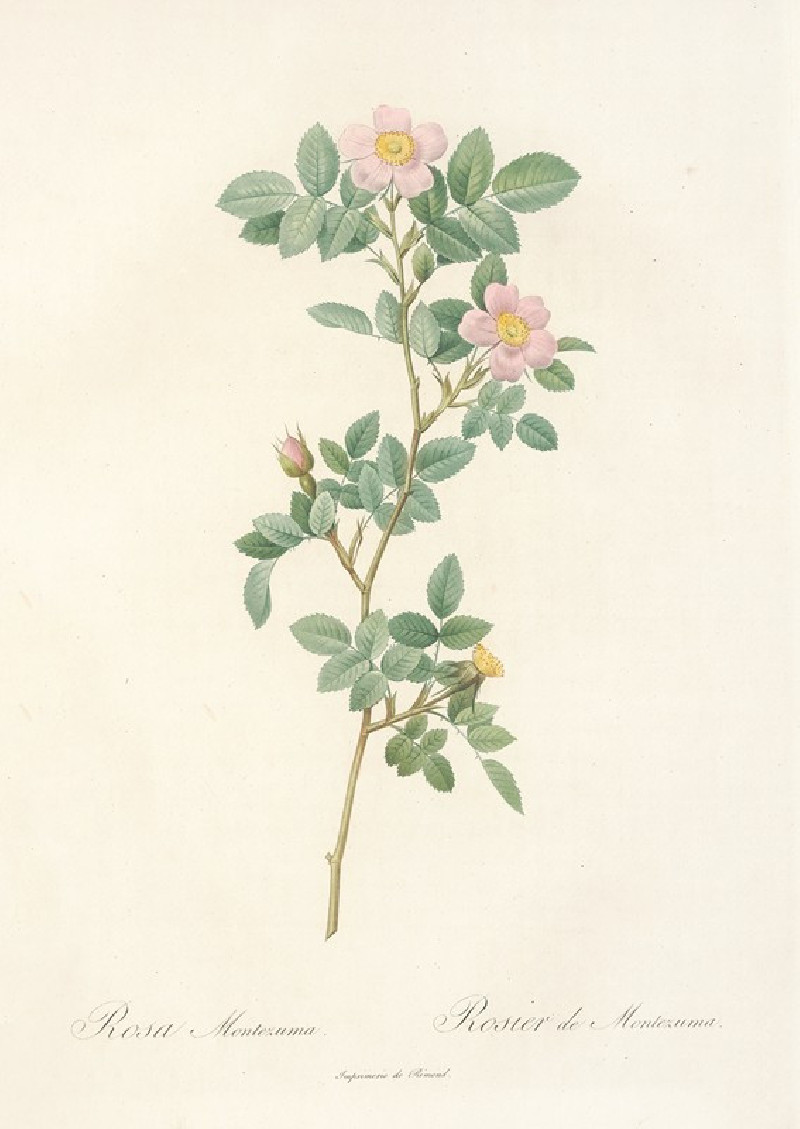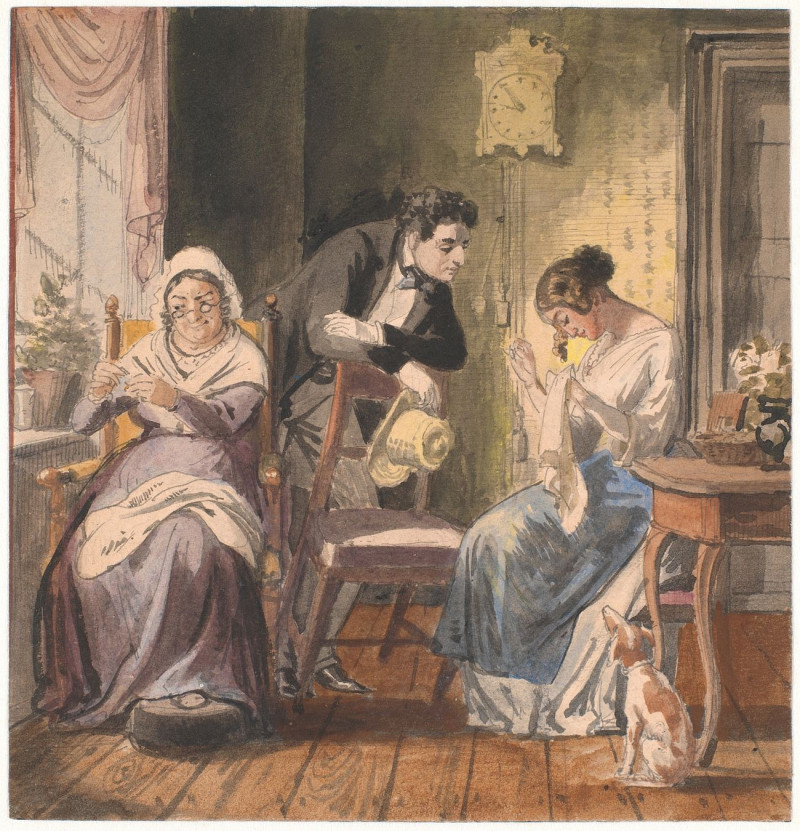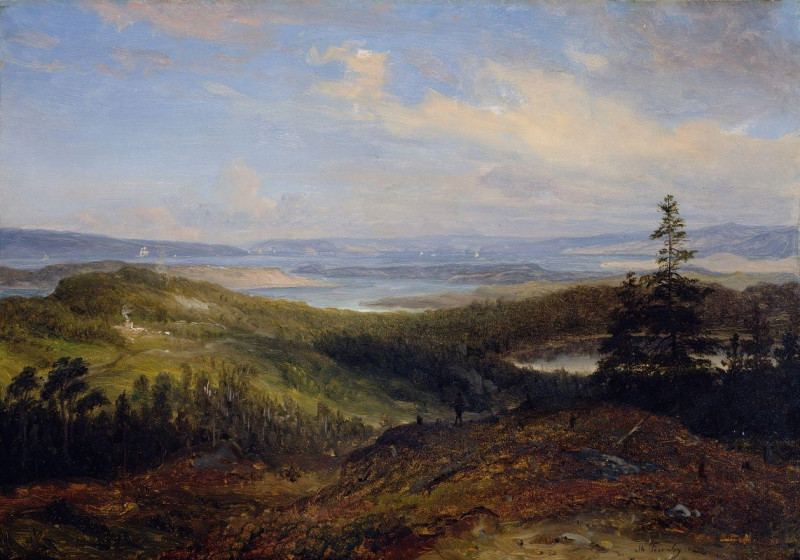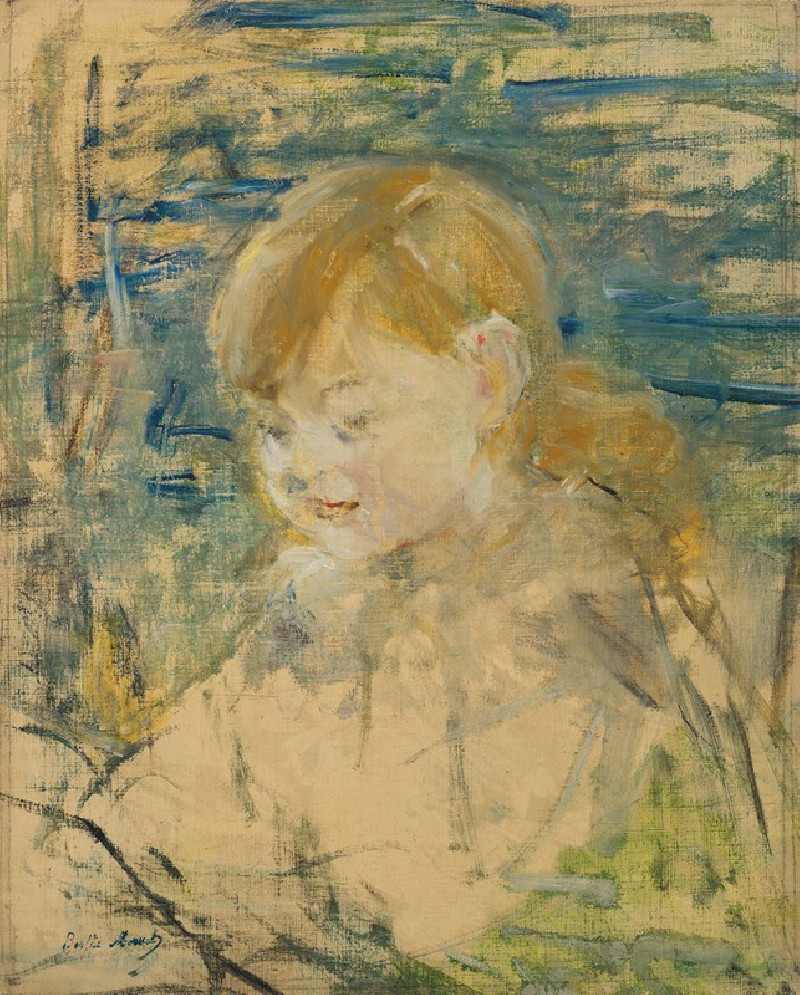Tuberculated Haliotis (1789-1813)
Technique: Giclée quality print
Recommended by our customers
More about this artwork
We are pleased to present the exquisite artwork titled "Tuberculated Haliotis," created by the illustrious artist George Shaw, sometime between 1789 and 1813. This painting captures the stunning details of the Haliotis shell, commonly known as abalone, which is renowned for its vibrant and iridescent colors, and its textured surface.The artwork depicts two views of the shell, showcasing its beauty both from the exterior and interior perspectives. The top depiction of the shell exhibits a rugged, tuberculated surface with deep green and brown hues, accented by fine lines and grooves that emphasize its natural pattern. This outer view highlights the shell’s adaptation and resilience.Beneath it, Shaw presents the interior view of the Haliotis, which is a stark contrast to its rugged exterior. This inner view dazzles with a smooth, lustrous finish reflecting a delicate spectrum of pastel colors that shimmer with a pearly sheen. The series of holes along the edge, characteristic of abalone shells, is depicted with meticulous accuracy, amplifying the shell's natural geometry.Shaw's "Tuberculated Haliotis" not only captures the unique physical attributes of the abalone shell but also reflects the era's fascination with the natural world, and the desire to study and document its complexity and beauty. This painting is a splendid example of natural history art from the early 19th century, combining scientific precision with artistic elegance.

